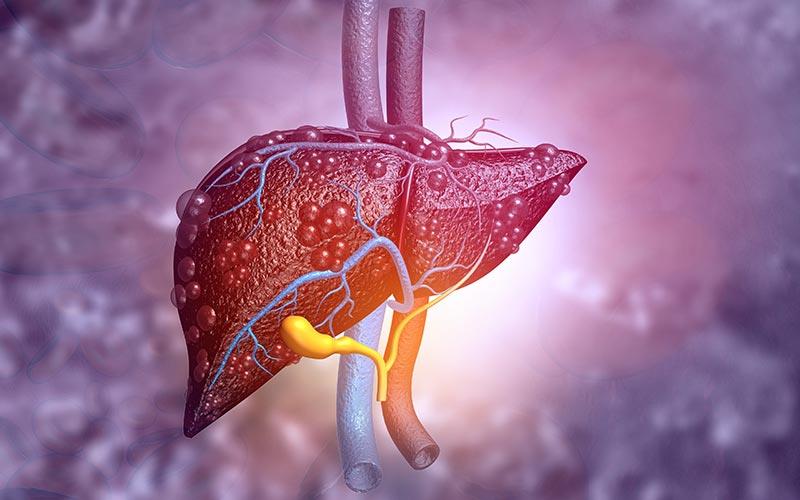
Researchers have recently developed a reliable and simple method to identify undiagnosed drug-induced liver injury (DILI) among cancer patients, reporting an annual incidence of 0.69 percent of chemotherapy-related liver injury among those admitted to an oncology department.
To establish such method and to assess current clinical approach to elevated laboratory liver test results, the researchers identified 289 patients admitted to an oncology department who had systemic chemotherapy episodes for cancer treatment from 1 January 2017 to 31 December 2017.
Hy’s law was applied to laboratory liver test results, with aid of healthcare information system, to identify potential hepatocellular DILI cases. The researchers then performed a medical record review among identified patients to exclude liver dysfunction of alternative causes. Moreover, the current clinical approach to elevated laboratory liver tests was assessed through medical record review.
One hundred twenty-three of 289 patients who were treated with systemic chemotherapies were found to have elevated laboratory liver tests. Of the identified patients, eight were suspected as potential Hy’s law cases.
Two patients were found to have chemotherapy-associated liver injury due to 5-fluorouracil, leucovorin, irinotecan, and S-1 plus paclitaxel separately after medical review. Seven (87.5 percent) of eight potential Hy’s law cases were prescribed with at least two kinds of liver protectants and remained treated with traditional Chinese medicine for decoction.
In another study that also developed a highly sensitive model to identify DILI patients at increased risk of acute liver failure (ALF), the authors concluded that Hy’s Law identified patients with DILI at high risk for ALF with low sensitivity but high specificity. [Clin Gastroenterol Hepatol 2015;13:2360-2368]